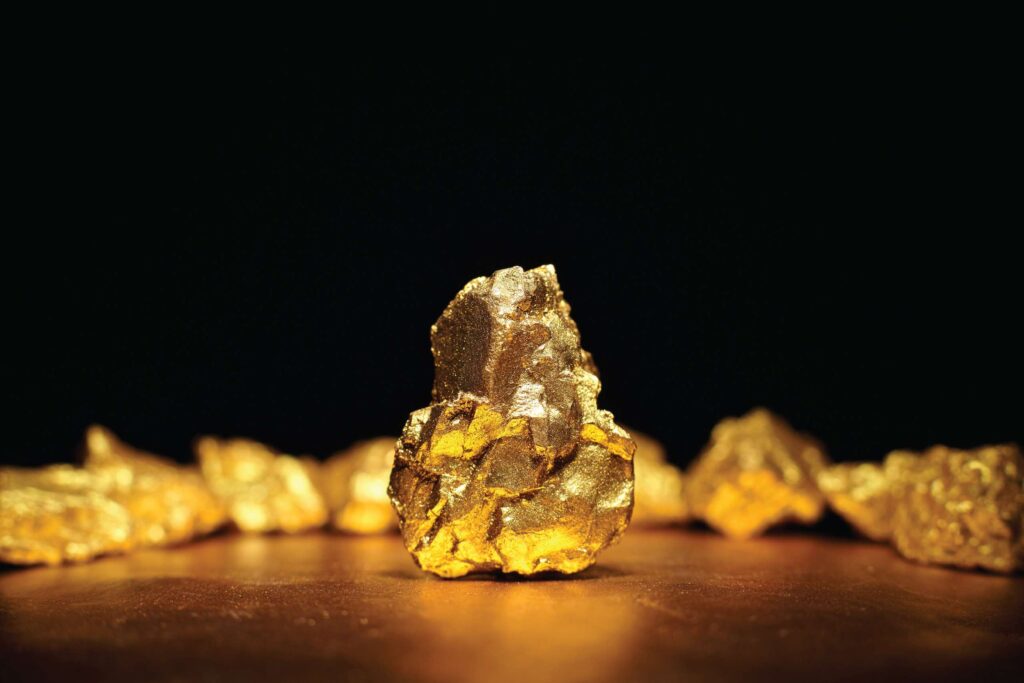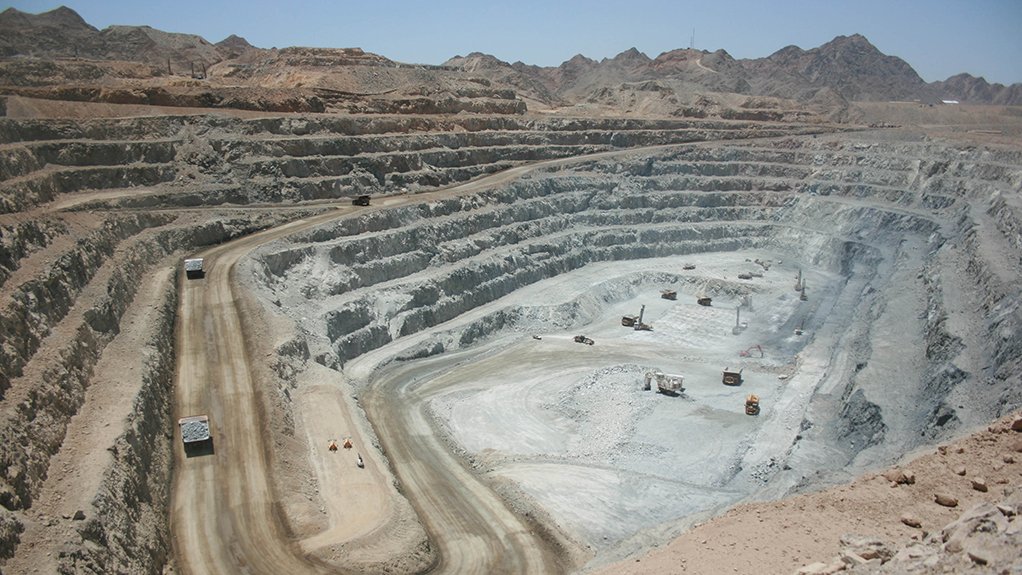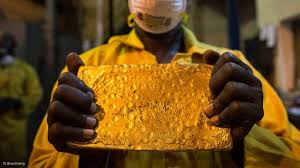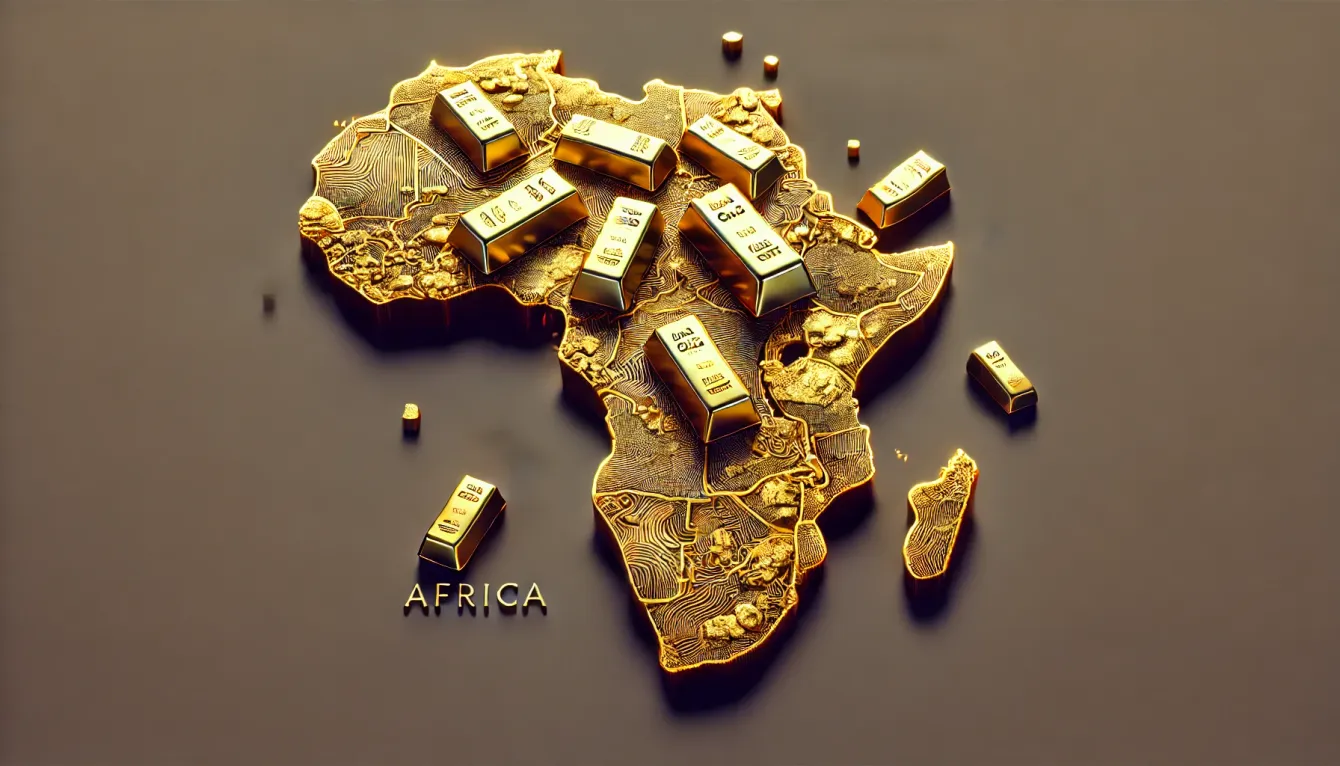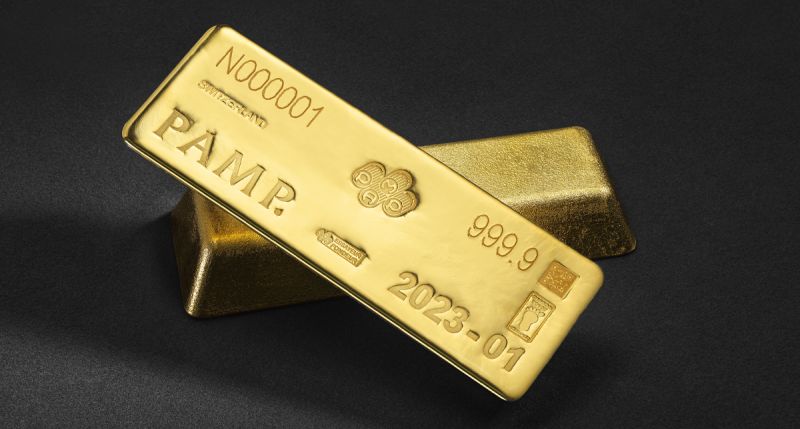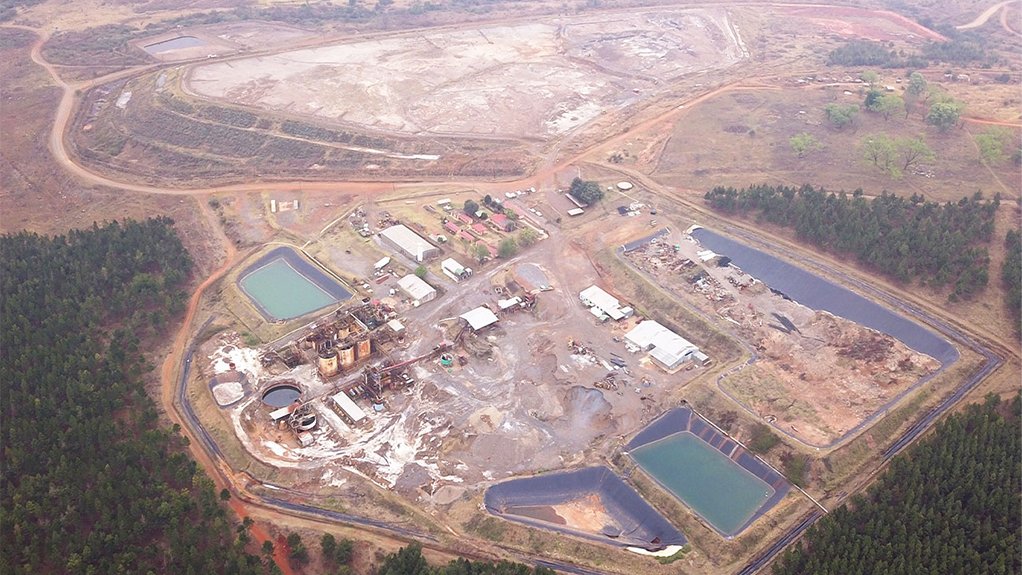Precious Metals

Dubai 24-carat gold prices fall to AED486.25 as global rates ease following record run
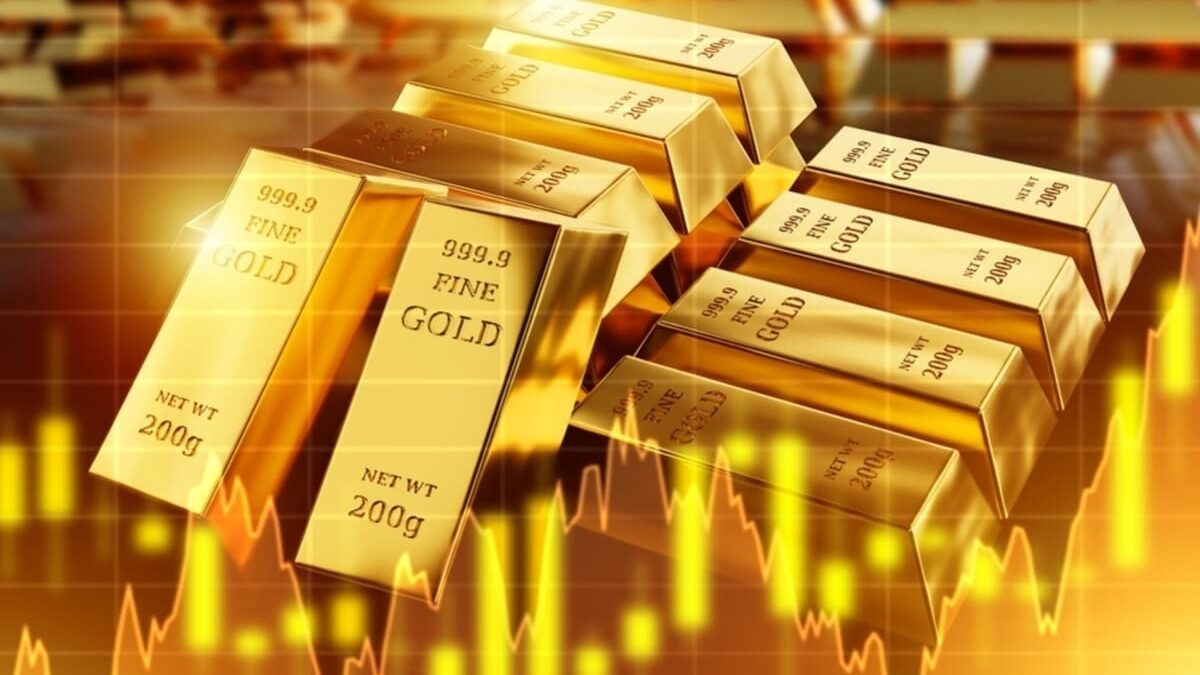
Gold prices paused their record-breaking rally on Thursday, as investors booked profits a day after the metal surpassed the $4,000-per-ounce mark for the first time amid ongoing economic and geopolitical uncertainty and growing expectations of further U.S. interest rate cuts this year.
In Dubai, gold rates saw a slight decline on Thursday, with 24-carat gold and 22-carat gold losing AED0.25 to AED486.25 and AED450.25, respectively. Additionally, 21-carat gold dipped AED0.25 to AED431.75, and 18-carat gold gained AED0.25 to AED370.50.
Globally, spot gold dipped 0.24 percent to $4,038.75 after hitting a record high of $4,059.05 on Wednesday. Meanwhile, U.S. gold futures for December delivery fell 0.35 percent to $4,056.30.
Gold prices have gained nearly 54 percent in the last year, with over an 11 percent increase in the past month alone.
Geopolitical tensions ease as Fed rate cut bets rise
On Wednesday, Israel and Hamas agreed to the first phase of U.S. President Donald Trump’s Gaza plan, which includes a ceasefire and hostage exchange deal that could pave the way toward ending Israel’s two-year war in the strip.
Meanwhile, minutes from the Federal Reserve’s September 16–17 meeting released on Wednesday showed that officials agreed the risks to the U.S. labor market were significant enough to justify a rate cut, though they remained cautious in light of persistent inflation pressures.
Markets are now pricing in 25-basis-point rate cuts in both October and December, with probabilities of 94 percent and 79 percent, respectively, according to the CME FedWatch Tool. Non-yielding gold prices tend to perform well in periods of lower interest rates and heightened economic or geopolitical uncertainty.
“Gold’s relentless advance has entered uncharted territory after Asia saw the spot price break decisively above $4,000 per ounce for the first time, reaching $4,039 before stabilizing – defying both a recovering dollar and renewed caution from the Federal Reserve on the pace of future rate cuts. The milestone caps a year-long rally that has rewritten the market’s understanding of what drives bullion prices—and perhaps, what investors now consider “safe,” said Ole Hansen, head of commodity strategy at Saxo Bank.
Political unrest drives investors toward the safety of gold
Global markets faltered this week amid political unrest in Japan and France, along with the ongoing U.S. government shutdown, driving investors toward the safety of gold. The metal has surged 54 percent so far this year, supported by robust central bank purchases, rising demand for gold-backed exchange-traded funds (ETFs), a weaker U.S. dollar and heightened safe-haven buying.
“The path ahead will likely blend tactical volatility with structural strength. A consolidation phase near $3,800–3,900 would relieve overbought conditions without altering the longer-term uptrend. Key to sustaining momentum will be continued central-bank buying, stability in Chinese imports and steady ETF inflows,” added Hansen.
“Beyond near-term price action, the more profound question is whether gold’s rise marks a lasting reordering of the financial landscape. If investors increasingly see political and financial systems as intertwined—and potentially vulnerable—the argument for holding unencumbered tangible assets strengthens,” he added.
Gold prices’ surge through $4,000 may therefore symbolize more than another cyclical rally, he explained. It may represent a collective reappraisal of trust, sovereignty, and what it truly means to be “safe.” In that sense, the market is not just questioning the old order—it may already be pricing in the next one.
Other precious metals
As gold prices declined from their record run, the precious metals market saw mixed movement on Thursday. Spot silver gained 0.29 percent to $49.02, while platinum fell 0.49 percent to $1,654.63 and palladium surged 1.37 percent to $1,469.47.
While gold prices grab the headlines, other precious metals have quietly built momentum. Silver has lagged slightly but remains up 64 percent year-to-date. Traders are now eyeing the 2011 record near $50 per ounce as the next major target.
Platinum’s 86 percent gain this year reflects both tightening supply and its appeal as a lower-cost alternative to gold. The gold–platinum ratio has fallen sharply from 3.5 in April to 2.44 currently, but with the 5-year average near 2.15, suggesting more room for normalization if investor rotation continues.
Palladium, though less in focus, has added nearly 50 percent.




